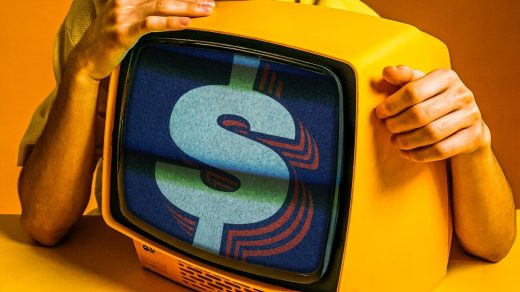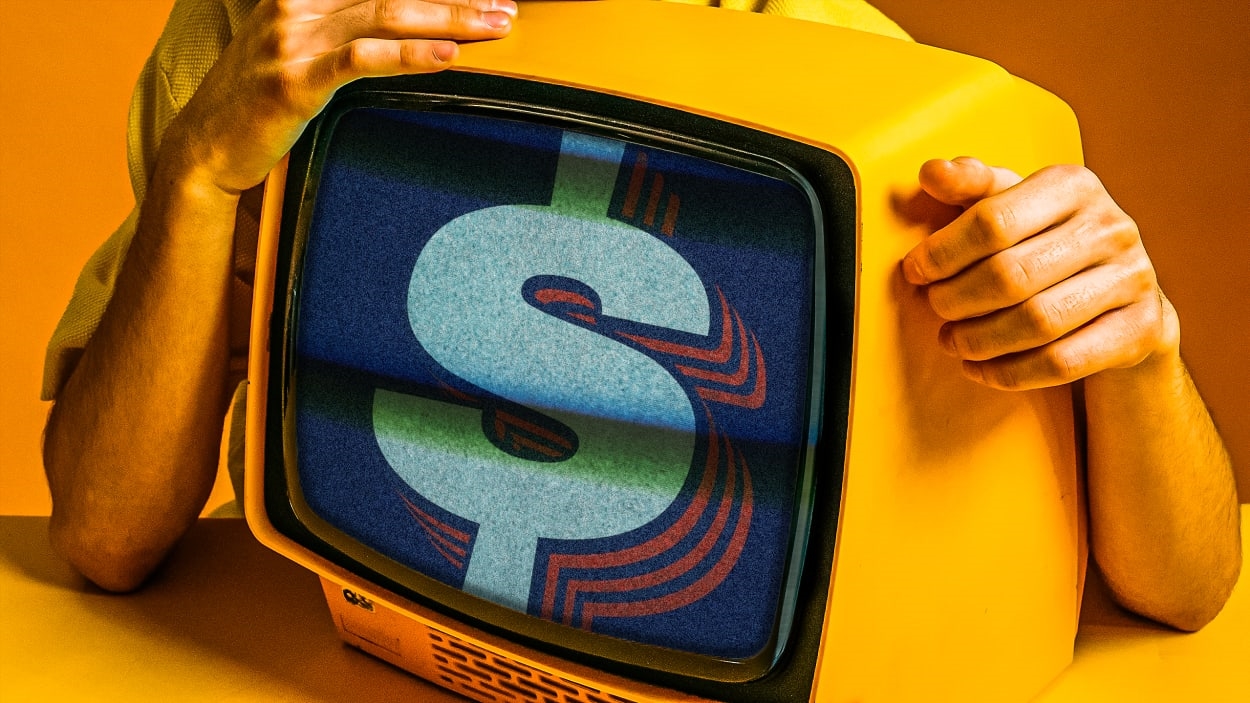Here’s just how much streaming prices have gone up as HBO Max joins the price hikes
Not too long ago, streaming services were considered an affordable way for movie fans to lower or bypass their cable companies. But increasingly, those savings are being whittled away.
On Thursday, HBO Max became the latest streaming service to announce a price hike, raising its subscription prices by 7%, with new users of the ad-free plan now being charged $16 per month. Existing customers will see their bills go up starting February 11. (The $10/month ad-supported subscription remains unchanged.)
“This price increase of one dollar will allow us to continue to invest in providing even more culture-defining programming and improving our customer experience for all users,” the company said in a statement to Variety.
HBO Max’s price bump is the latest in a series of price increases in the streaming space. In December, Disney+ hiked the cost of its streaming service to $10, a 37.5% increase (and 57% more than the streamer’s original price in November 2019). In October, Apple TV+ increased its monthly prices from $4.99 to $6.99, a 40% increase.
Netflix increased its top rates by 10% last January, then launched an ad-supported tier as well in November. And the price has essentially doubled since it broke out its streaming business into a separate unit in 2011. (After recent price increases, the company has seen a drop in subscriber numbers.)
The irony, of course, is that the price increases are coming as many of these services cut back on content. HBO Max, since WarnerMedia’s merger with Discovery, has canceled projects (including one film, Batgirl, that was deep into post production, as well as a sequel to Scoob!) and dropped some of its own titles (like Westworld) from the streaming service.
Netflix, meanwhile, has cut its animation division, dropped projects, canceled shows, and dragged its feet in renewing some popular series. And Disney+ was ordered to cut costs by then-CEO Bob Chapek last November, including a “rigorous review” of its spending on content.
People rarely subscribe to a single streaming service, though, since they each have their own pop-culture gems. So what has the real dollar increase been for people with multiple accounts?
Consider the person who subscribed to Netflix, HBO Max, Disney+, and Apple TV+ in May of 2020. At the time, assuming they didn’t sign up for an annual plan, their monthly expenses for the streaming services totaled out at $40.96. Today, those same services would run $49.47, a 21% increase. That comes out to an extra $102.12 a year.
Streaming services that focus on original (and legacy) content aren’t the only ones that are increasing their monthly fees these days. Inflation is hitting the cord-cutting world as well. Sling TV last year hiked the price of its Orange or Blue plans to $40 per month, a $5 per month increase. And Hulu + Live TV saw a $5 increase on its ad-supported bundle (which also included Disney+ and ESPN+) and last month, began charging $7 more for an ad-free bundle.
That’s tough to swallow, with prices of nonessential items soaring, but it’s still lower than the average cable price (which is also on the rise). Allconnect, last year, estimated that at $217.42 per month, the average household cable package was higher than the cost of all major utilities combined.
(19)



